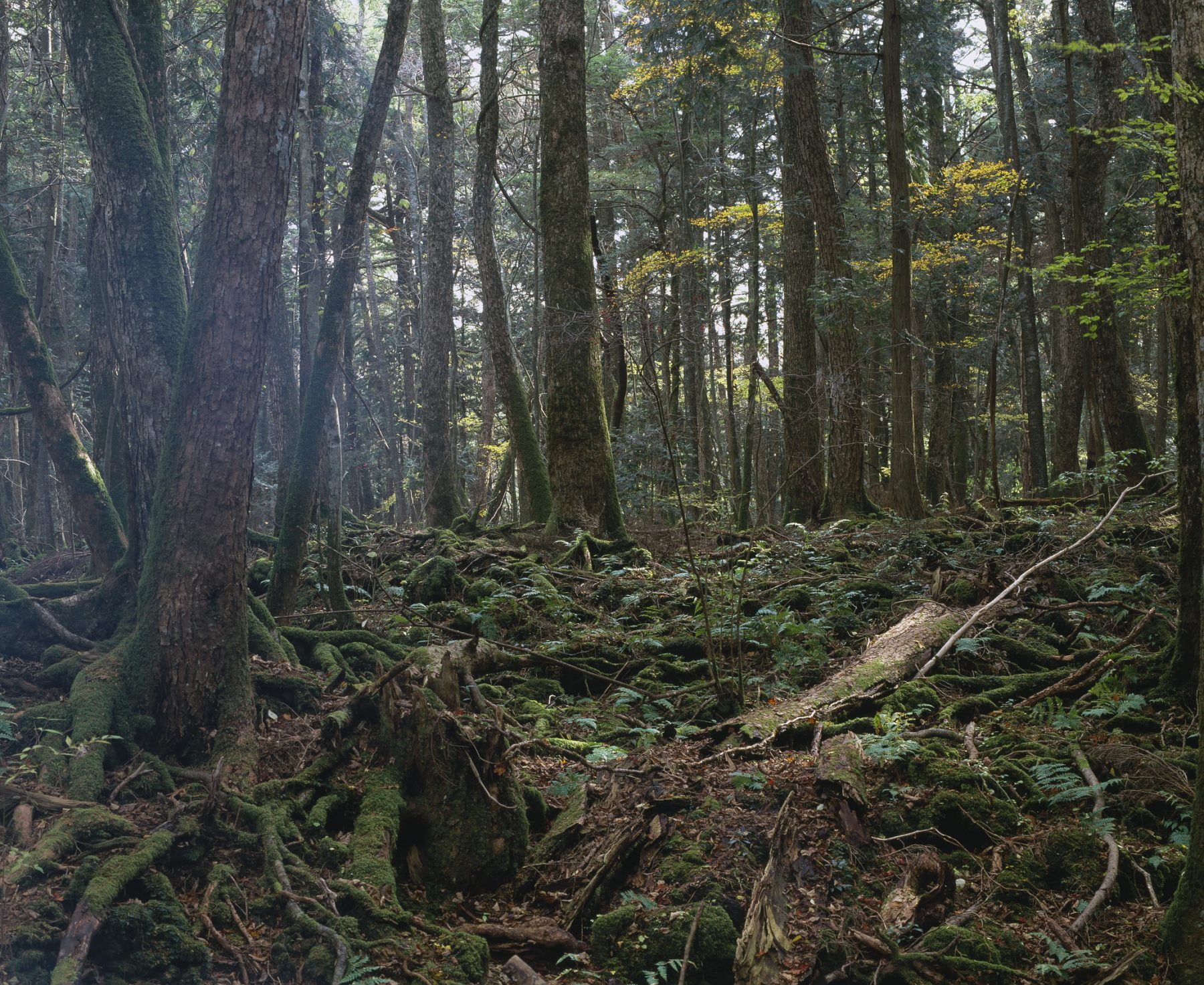Text: Lunita S V Mendoza
The year was 2003. A headline on The Japan Times Online was hard to ignore. Kofu, Yamanashi Prefecture, Kyodo. The remains of 78 apparent suicide victims were found hanging in the Aokigahara woods at the foot of Mount Fuji, a record high for the “suicide forest” said the local police of the Fuji-Yoshida Police Station. The previous record high for suicides found in the forest – an area that is also known as “the sea of trees” – was 73 in 1998.
Three years prior, Britain’s The Independent looked at the same forest at length, calling it Japan’s harvest of death. The year this report appeared, spoke of a man called Miura who spotted it; first the knapsack, then the body. “Can’t have been there more than a day or two. I didn’t want to look at the face,” Miura was quoted. Some describe the Sea of Trees as a spot that is in perpetual twilight, perhaps especially during moments like this.
With perspective however, the Aokigahara Sea of Trees is an incredible site, and in different circumstances it would be known for its genuine wilderness, despite being in a country overrun with development. Wild mushrooms grow in its mossy cavities, while the immaculate Mount Fuji looms above. Yet, at the foot of Japan’s most famous and most sacred mountain is known for one reason alone.
There is nowhere else like it in the country, reports have read, probably nowhere in the world. Every year, where the caverns are rocky and ice-covered, people come here to die. For the last three decades, a small army of police, volunteers and attendant journalists go on the annual “body hunt”. They mark their search areas with plastic tape. It is never removed, so a great deal of it litters the first kilometre of the forest, past the designated trails leading to and from known tourist attractions such as the Ice Cave and Wind Cave. After that, in the direction towards Mount Fuji, the forest morphs into a somewhat pristine state. Further on, human remains can be found in the distant reaches, several years old, consisting of scattered bones and incomplete skeletons.
The annual search began in 1970. In the old days, the harvest remained fairly steady at around 20 to 30 bodies. Then, about 10 years ago, the number began rising and, during 1994, 57 corpses were found. Interestingly, it has been claimed by local residents and visitors that the woods are host to a great amount of paranormal phenomena. In fact, it is considered the most haunted location in all of Japan, a purgatory for yurei, the unsettled ghosts who have been torn unnaturally soon from their lives and who howl their suffering on the winds.
Spiritualists say that the trees themselves are filled with a malevolent energy, accumulated from centuries of suicides. Many have claimed that the trees almost have an oppressive state to them. Some have heard whispers, cackles, and groans. Mists materialise and vanish. Hands can be felt as well as cold breezes on a warm and balmy summer day. Others have felt slaps on their faces, or have been told to get out. Still more have said that its as if the forest does not want you to leave, almost beckoning visitors to stay and join the souls of the damned.
Most of those who succeed in killing themselves here do so by hanging. To many, it is a complete mystery. Why Aokigahara? Apparently, in the 19th century, feudal Japan suffered bitter famines. Aokigahara was one of the many places where poor families used to come and dispose of their infants and elderly; mouths they could not feed, and so, they were left out in the open to die.
Sadly, Aokigahara is only but a poetic reflection of a wider concern. Japan has one of the highest suicide rates in the world and it has only grown worse during this economic downturn. According to recent stats the suicide rate in January 2009 had increased 15% over 2008 figures. There were 2,645 suicides recorded in January 2009, from the 2,305 for January 2008, according to the Japanese government. The increases in Japan’s suicide rate are expected to continue to climb as the financial crisis deepens.
Almost a decade ago, Kyomyo Fukui, a Buddhist monk and 50 more from his temple constructed an altar in the car park and pray for the repose of the troubled spirits of Aokigahara. He said that the spirits “draw the unhappy people here, and prayers bring them peace” — hence the presence of the monks. On the slopes of Mount Fuji, where this beautiful 3,500-hectare terrain sprawls, it is easy to believe him.
